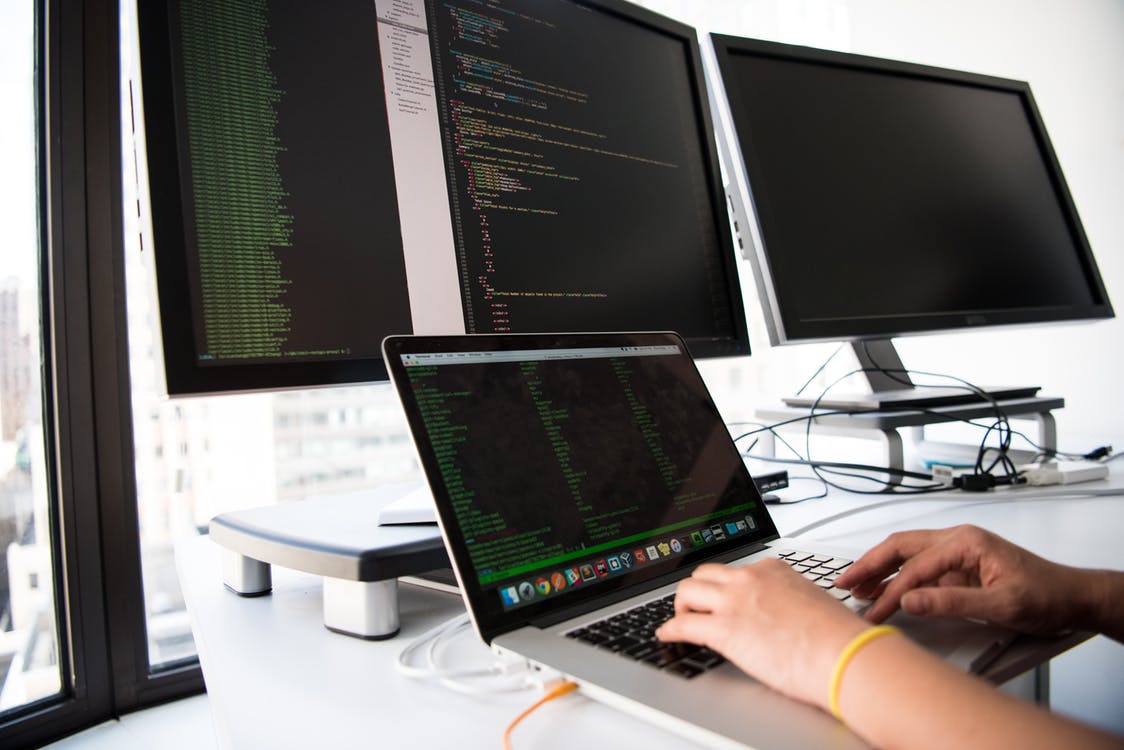
A Software Developers Guide to Intellectual Property
Arguably the most famous software copyright case, the Apple vs. Microsoft case of 1988, shown a light on the importance to copyright usage and infringement as it pertains to code. The software in this case being graphic user interface became so instrumental in both Apple and Microsoft products both internally and visually that Apple’s lawsuit against Microsoft spanned 6 years as Apple fought to keep their software from them. Yet in a 1993 verdict, the courts found that Microsoft was in fact not infringing on Apples patents and could use GUI freely.
Without the ability to ascertain the rights for a software’s primary coding, the creator is unable to maintain not only ownership but control of said programming. And so, in a time when trade secrets, regardless of industry, power much of the world’s commerce being able to protect one’s intellectual property is at the forefront of the market.
Short History of Intellectual Property Protection
A subsection of the first article of the United States Constitution, the right to claim authority over an invention or written work as said works creator, has become instrumental in the creation and separation of businesses, technology and arts throughout both the 19th and 20th centuries. To begin, it is crucial to understand the difference between patents, trademarks, and copyrights.
Patents focus on new inventions as they grant the creator a 20-year protection period from the time the invention was created to have sole usage rights. After this point, the patent rights fade and the creation falls into the public domain. For this reason, many software developers avoid filing under patent law.
Trademark law is by far the most common as it covers the symbols, slogans, and names of businesses and services. Examples being the Nike “Swoosh” and Burger King’s “Whopper.” An interesting case was formed when the trademarked title “Google” became commonly used as a verb to “google something” and many companies argued that the word had strayed from a trademarked name to a generic word. Famously, the word escalator was also once a trademark of the Otis Elevator Company until the United States Supreme Court ruled it had become generic and no longer fit for trademark protection.
And finally, copyright law, which protects works of art, music, literature, film and original intellectual expressions for the length of the creator’s life plus 70 years (there are ways to extend this time frame). The last section “intellectual expression” that secures the intellectual property rights of software as they are filled as “literary works”. Title 17 of US code, last updated in December of 2016, specifically notes the protection rights that copyrighted software has. To read it in full, click here.
What You Can Do To Protect Your Code
Once a new software has been created it can be registered with the United States Copyright Office by filling out the appropriate paperwork and sending in a nonrefundable copy of the works. For something as arbitrary as code, the government only requires the first and last 25 pages of the software’s programming. Additionally, if there is a trade secret within those sections it is permissible to “black it out” and still include the section.
Though copyright technically exists following an invention’s creation, without proof of ownership granted by the Copyright Office there is no tangible way to show that it was coded prior to anyone else’s work. Thus, opening the door for lawsuits, stolen works and other people claiming copyright of the inventor’s creations.
After being granted copyright the creator can sell, copy, add on to, and share the material or software any way they’d like. They are also legally allowed to do none of those things and merely hold onto the coding without allowing public use.
Consequently, multiple patents, copyrights, and trademarks may be necessary to fully protect one’s software. As the coding may be protected by copyright without further protections another developer could theoretically still steal the result without using the original method for achieving it. For example, if the code you created solves problem A and you only copyrighted the coding, another software developer can create a different code to solve problem A without infringing on your copyright.
The process, though lengthy in sound, can be achieved completely online as the United States Copyright office allows internet submissions.
